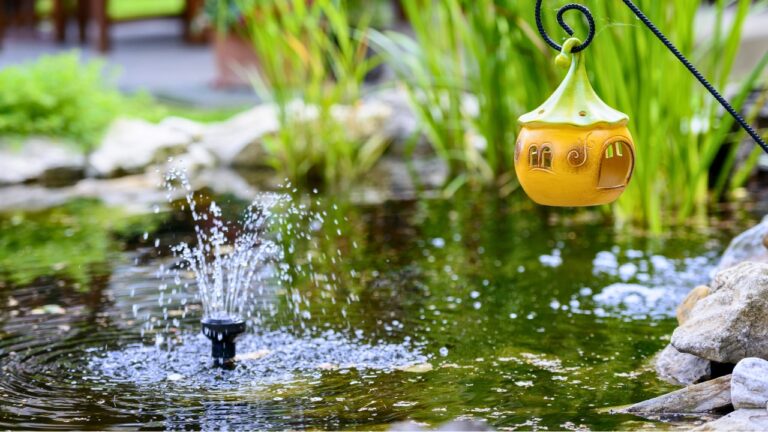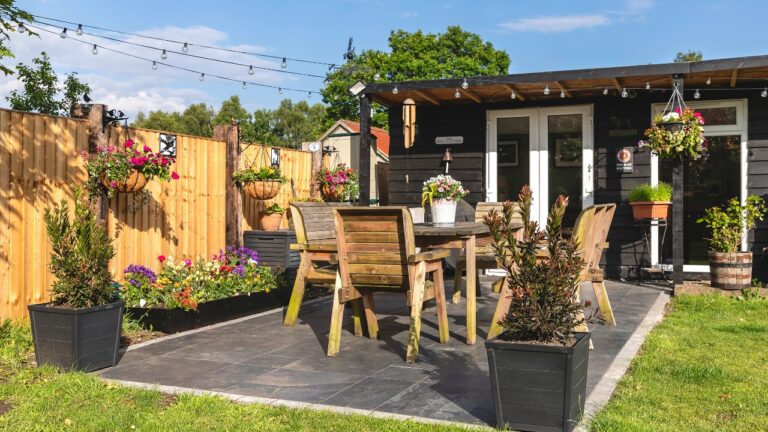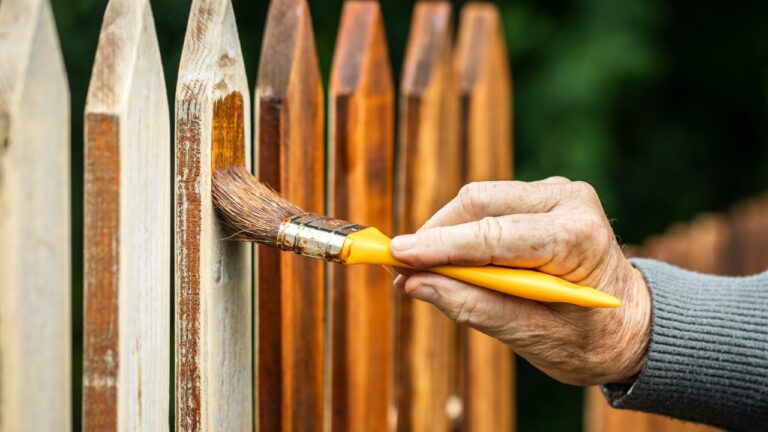7 mulch mistakes that are wrecking your yard
Mulch can be a huge help for your yard—locking in moisture, keeping weeds down, and making everything look more finished. But if you use it wrong, it can do more harm than good.
From suffocating your plants to drawing in pests, there are a handful of common mulch mistakes that sneak up on people and wreck a yard fast. If your landscaping isn’t thriving like it should be, one of these might be the reason why.
Piling Mulch Against Tree Trunks

This one’s a classic mistake and easy to overlook. When you mound mulch up around the base of a tree like a volcano, it traps moisture and encourages rot. Over time, it can actually suffocate the tree and cause major damage to the bark.
Keep mulch a few inches away from the trunk. Spread it in a flat, even layer around the root zone instead of building it up. That keeps moisture where it belongs and lets the base of the tree breathe.
Using Too Much Mulch

More isn’t always better. When you pile mulch on too thick, it creates a barrier that water and air can’t easily get through. That can lead to root rot, fungus problems, and unhappy plants.
Stick with 2 to 3 inches of mulch max in most beds. That’s enough to suppress weeds and retain moisture without smothering everything underneath. If your mulch looks compacted, it’s better to loosen it up than keep adding more.
Ignoring What’s Underneath

If you throw mulch straight on top of grass, weeds, or already-compacted soil, it won’t work the way you want it to. Weeds will push through, and the soil underneath won’t get the full benefit.
Take the time to clear out existing weeds and loosen the soil before you mulch. In some cases, a breathable landscape fabric can help, but don’t use plastic—it traps water and suffocates your plants.
Using the Wrong Kind of Mulch
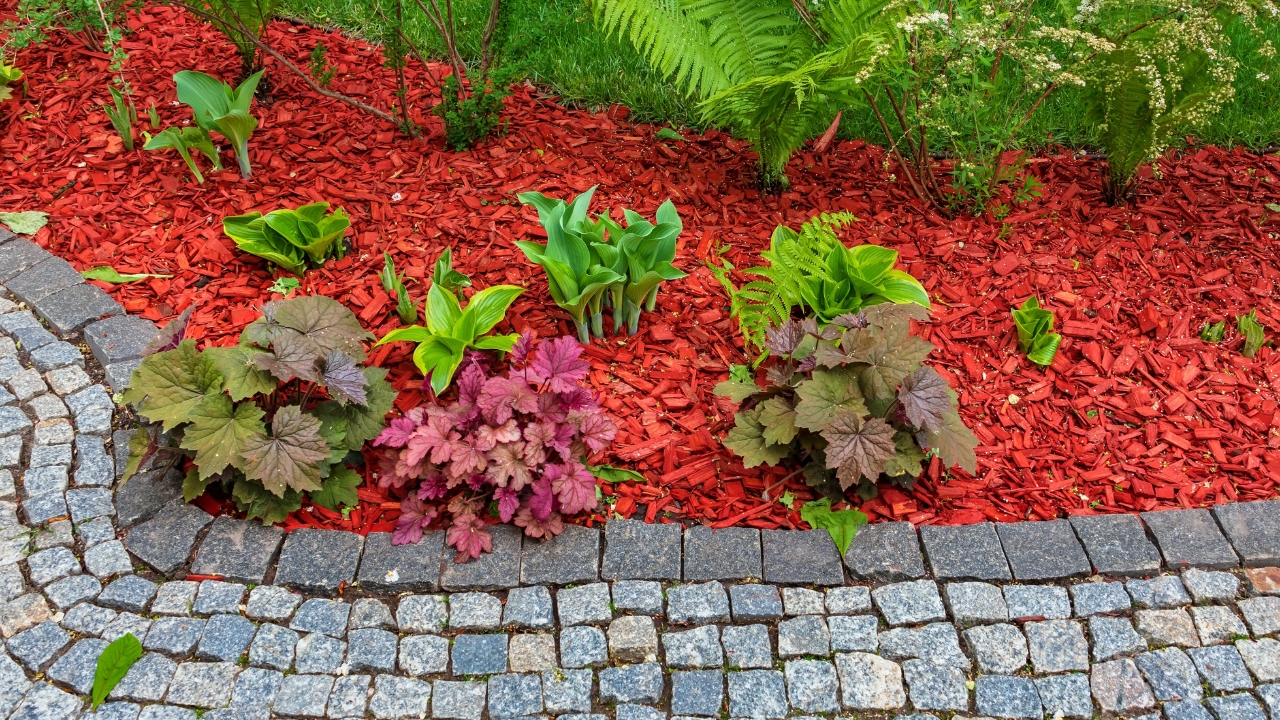
Not all mulch is good mulch. Some types break down too fast, attract bugs, or even pull nutrients from the soil. Dyed mulches may look nice, but they can contain chemicals that aren’t great for your yard.
Stick with natural hardwood, pine bark, or composted mulch from a trusted source. If you’re using mulch around edibles, be extra careful and avoid anything with unknown additives or treatments.
Letting Mulch Touch Your House
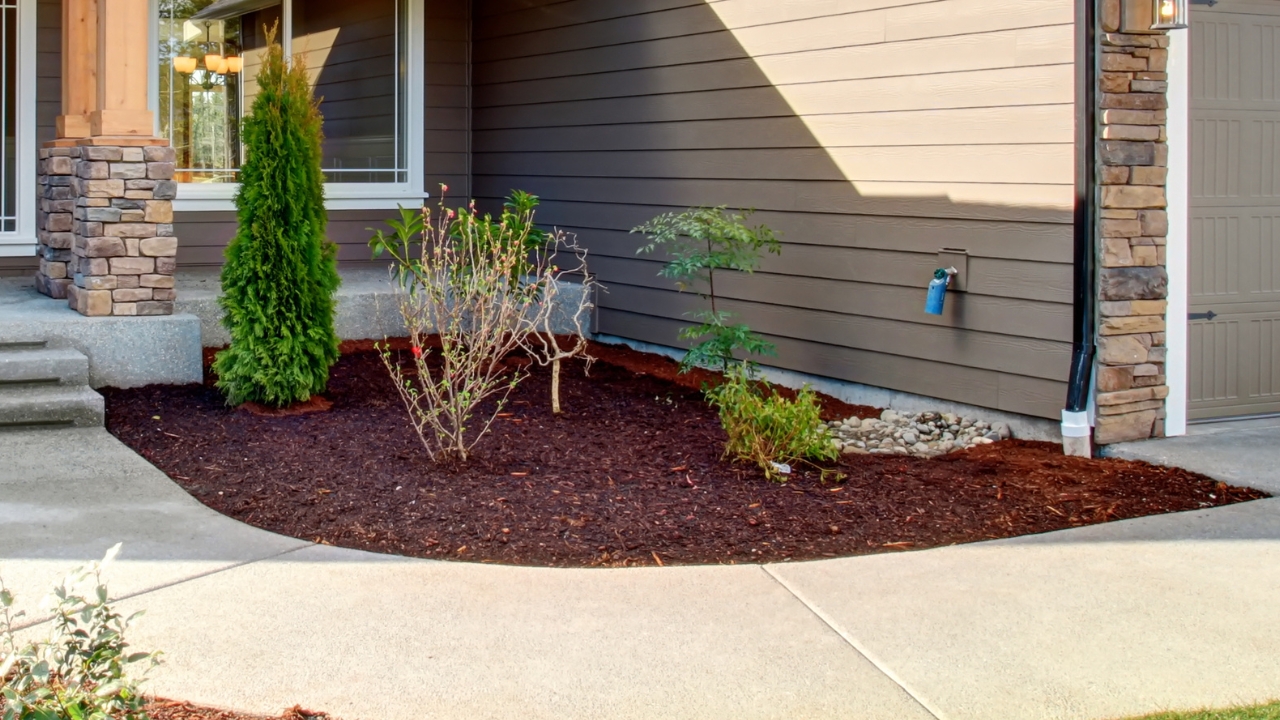
Mulch too close to your foundation or siding invites problems. It holds moisture against the structure, which can lead to rot or mold. It’s also a welcome mat for termites and other bugs that like dark, damp spots.
Leave a gap of at least 6 to 12 inches between your mulch and any part of your home. That space helps air circulate and gives pests one less reason to stick around.
Never Refreshing or Turning It

Old mulch gets compacted over time and stops doing its job. It can even form a crust that water can’t easily penetrate, leaving your plants thirsty underneath what looks like a well-mulched bed.
Use a rake to fluff it up every few months and break up that hard surface. Add fresh mulch once or twice a year, but only as needed to maintain the right depth—not to bury what’s already there.
Leaving Gaps Around Plants

Leaving open patches around your plants might seem like you’re giving them room to grow, but it also gives weeds a place to move in. It lets the sun hit bare soil, drying it out and messing with moisture control.
Tuck mulch close around plants—but not directly on their stems or crowns. That gives you the moisture control you want without risking rot or weed issues. Even coverage is key to keeping your beds healthy.
*This article was developed with AI-powered tools and has been carefully reviewed by our editors.



